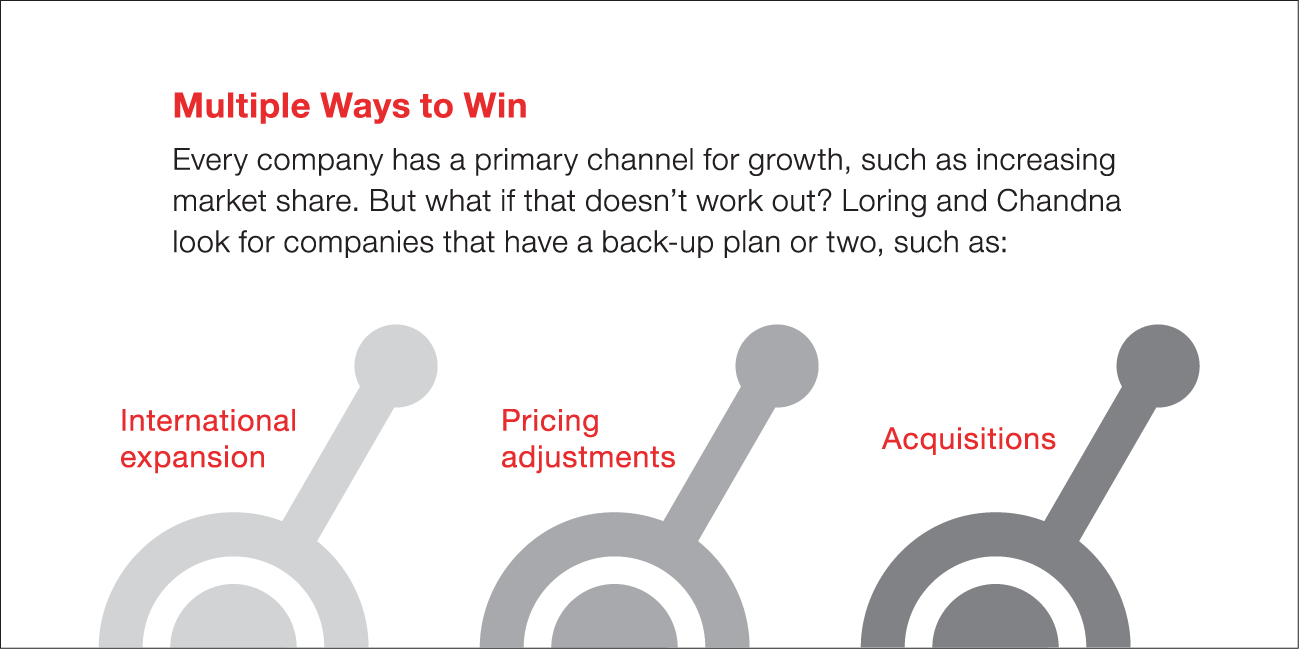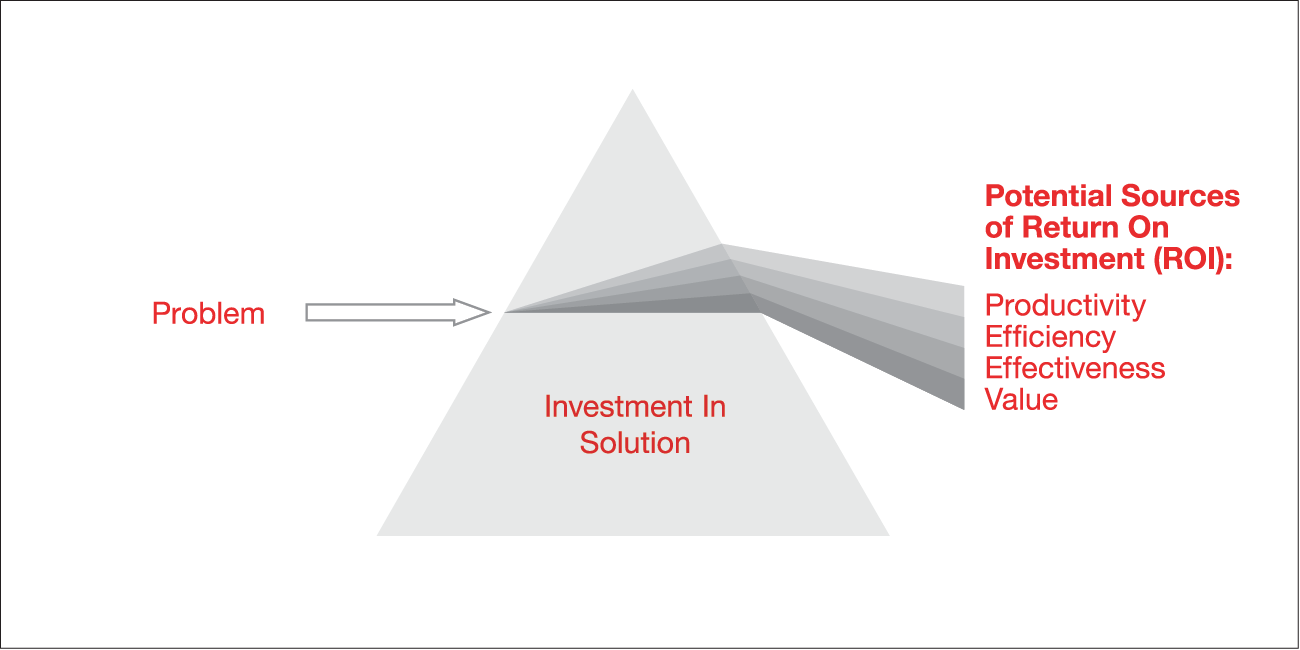Private equity: tech prospects look promising in 2023 and beyond

In 2021, private equity (PE) investment in tech transactions ballooned to more than $400 billion, more than double the prior two years combined. Then, 2022 came along and rained on the parade. High inflation and recession fears led to belt tightening, eroded valuations and lower growth projections. But out of the turmoil of the past year, attractive opportunities are emerging for private equity investors to invest the $2 trillion in dry powder they have as of December 2022.
At the 18th Annual KeyBanc Capital Markets Emerging Technology Summit, Scott Peterson, Managing Director, Software Investment Banking at KeyBanc Capital Markets, moderated a panel discussing how the downturn has changed the way PE firms approach prospective investments and why 2023 may prove to be a winning year despite continued economic uncertainty. Peterson was joined on the panel by Michael Anderson, partner at AIM Equity Partners; Rishi Chandna, managing partner at Lone View Capital; and Ian Loring, senior managing director and executive chair at Haveli Investments.
The discussion opened with Peterson asking the panelists how their priorities have changed as they evaluate new platforms to invest in.
Avoid low barriers to disruption and look for "multiple ways to win"
The turbulence and unpredictability of 2022 caused investors to pivot from prioritizing a prospect's financial excellence – variables like pricing, sales force consolidation and efficient operations – to prioritizing growth orientation, explained Haveli Investments' Loring.
In the current environment, his firm is looking for three characteristics in investment targets:
- Solutions that are not vulnerable to significant disruption. "You really need to have a modern tech stack. Legacy software investments were terrific for many private equity firms over the past decade, but they're increasingly coming under attack because of the rate and pace with which new software can be developed," said Loring. "The ability to use artificial intelligence (AI) to write code, especially, is going to continue lowering the barriers to entry."
- Well defined total addressable market (TAM). "One example of growth orientation is helping companies understand the total set of customers that are out there in a very, very granular way, and being able to guide them towards the high propensity-to-buy folks that their sales force should go spend time with," said Loring. "Building a great customer success organization can drive your gross retention rates really dramatically."
- Multiple growth levers to pull. Loring looks for options for growth and revenue beyond the company's current core strategy. "As you're looking at a company, something's going to go wrong. It's going to happen," Loring said. "So, having different things that you can do, whether that's a pricing lever, an acquisition lever, an international expansion lever, those kinds of things are just really important."

Multiple Ways to Win
Every company has a primary channel for growth, such as increasing market share. But what if that doesn’t work out? Loring and Chandna look for companies that have a pack-up plan or tow, such as:
International expansion
Pricing adjustments
Acquisitions
Lone View Capital’s Chandna agreed. "We don't need ten of these additional levers. If we have one, that's a good investment. We need two for it to be a great investment," Chandna explained. "If we get three of them, it's going to be a home run."
AIM Equity Partners' Anderson said that his firm is focused on the embedded exchange of value between the company and its customers – what he referred to as "mission criticality." He explained, "How are these customers using the software or using the tech enabled service? Who's the buyer within an organization and who's using it? What's the ROI for the customer to solve these challenges?" He added, "We're spending a lot of time evaluating the value creation and brand, the distribution strategy, and how you scale it."

Problem
Investment in Solution
Potential Sources of Return On Investment (ROI):
Productivity
Efficiency
Effectiveness
Value
Multiple contraction impacts buyer / seller sentiment
From their late-2021 peak of 19.4x, median EV/revenue multiples for tech companies had fallen by 65%, to 6.7x, by the start of 2023, according to S&P Capital IQ. KeyBanc Capital Markets' Peterson asked the panel how that multiple contraction has impacted buyer and seller sentiment.
Anderson observed that buyers, sellers and investors seem to be coming to terms with the notion that 2020 and 2021 were a frothy anomaly in terms of valuations. Loring agreed. He pointed to parallels with prior downturns, where it could take 6-12 months for stakeholders to reset their expectations around valuation. "There's a longer-term view that interest rates aren't changing," Anderson added, "and that the multiple contraction that we're seeing isn't going to change in the short term."
As founders start to accept this new valuation reality, it should lead to new opportunities for PE. "There are three sets of sellers in this environment: distressed assets, pristine assets, and people who need to return capital to their investors," said Loring. "That last set of sellers is trying to monetize those assets to get money back, even if that means 'selling their winners.'" As those sellers step forward, private investors will be ready to step in.
"Last year, it was, 'Let's talk about it in 2023.' Now, it's 'Let's talk about it in the second half of 2023,'" Loring explained. "It's slowly happening, so it's a great time to have dry powder."
The past year has also taken a toll on founders' confidence that they can ride out the storm, Chandna observed, which should create another source of prospects.
"Last year was a shock, and everyone was waiting to see what would happen to market multiples and to the economy. As we are coming through 2023, founders are realizing that a recovery is not imminent and that they may need a partner to help guide them through," Chandna said. "Ultimately, it's not that they want to sell the business, but that they want to bring in somebody who's going to drive a creation plan."
The tech sector is navigating uncharted waters
The panelists pointed out that this slump is unprecedented. While it seems certain that high interest rates will be part of the macroeconomic landscape for the foreseeable future, other variables remain unpredictable. For evidence, one need look no further than the recent fast failures of three regional banks. The downturn will likely continue to precipitate unpleasant surprises with outsized impact. "There's a general lack of confidence and visibility in a forecast, which I don't know that we've experienced to this degree, at least in the last 25 years," said Peterson.
Loring agreed. "In 2009, when we had the last downturn, most of the businesses we invested in were still license-maintenance businesses. Salesforce was one of the few subscription businesses that was reporting, so there's a scarcity of data points that we can look at to try to predict what will happen to license sales, new order bookings and renewal rates in a slow environment. It's hard to know."
What's certain, however, is that there's no going back to business-as-usual circa 2021. "People got in the habit of coming back to market every couple of years. That just can't happen going forward," said Loring. "Those really compressed fundraising cycles will go away. We need slower cycles so that we can return money to our investors."
As the dust from 2022 settles, opportunities will come into focus in 2023
While the shape and makeup of deals has changed drastically over the past year, the panelists expect to complete an increasing number of transactions through the rest of 2023 and beyond.
"In this economic contraction, we're seeing more consolidation, more thoughts around M&A and more emphasis on growing the business while doing more with less," said Anderson. "What is going to be the strategy to create value and grow the business in this new valuation environment? That's where thoughtful private equity firms will be helpful partners."
To learn more
About our industry expertise, visit www.key.com/technology or to discuss this topic and more as it relates to your business, connect with our KeyBanc Capital Markets technology experts.
For more information on KeyBanc Capital Markets, visit key.com/kbcm
About the 2023 Emerging Technology Summit
The 2023 Emerging Technology Summit attendees included 375+ institutional investors, 370+ private equity/venture capital and corporate development investors, 55 public companies, 107 private companies, and 39 mosaic industry leaders. The agenda included 45 fireside chats/presentations, 4 panels, 11 spotlight sessions and 4 keynotes.
These remarks were captured just before the collapse of Silicon Valley Bank and Signature Bank. This article has been prepared and circulated for general information only and presents the authors’ views of general market and economic conditions and specific industries and/or sectors. This report is not intended to and does not provide a recommendation with respect to any security.
KeyBanc Capital Markets is a trade name under which corporate and investment banking products and services of KeyCorp® and its subsidiaries, KeyBanc Capital Markets Inc., Member FINRA/SIPC, and KeyBank National Association (“KeyBank N.A.”), are marketed. Securities products and services are offered by KeyBanc Capital Markets Inc. and its licensed securities representatives, who may also be employees of KeyBank N.A. Banking products and services are offered by KeyBank N.A.
Please read our complete KeyBanc Capital Markets disclosure statement.